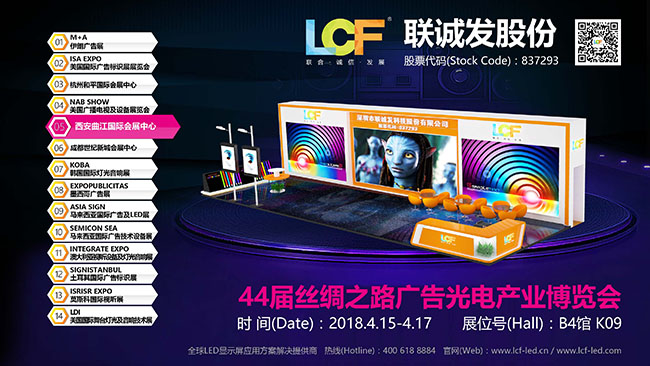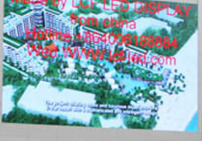Publisher: Supplier of LED Display Time: 2022-03-09 17:17 Views: 1663
Last month, a global research team led by Dr Jingwei Hou, Professor Wang Lianzhou and Professor Weiqi Chen from the University of Queensland has developed technology to produce the next generation of composite glass for lighting LEDs and smartphone, TV and computer screens. This discovery will allow the manufacture of glass screens that are not only unbreakable, but also offer crystal-clear image quality.

Dr Hou said the discovery was a huge advance in perovskite nanocrystal technology, which previously, researchers could only produce in a laboratory setting.
Dr. Hou introduced that the light-emitting materials are made of nanocrystals, called lead halide perovskites, which can collect sunlight and convert it into renewable electricity -- in low-cost, high-efficiency new-generation solar cells and many others. plays an important role in promising applications such as lighting.
Unfortunately, these nanocrystals are extremely sensitive to light, heat, air and water -- even the water vapor in our air can affect current devices within minutes. Our team of chemical engineers and materials scientists have developed a process to encapsulate or incorporate nanocrystals in porous glass. This process is key to stabilizing the material, increasing its efficiency and inhibiting the leaching of toxic lead ions from the material.
Dr Hou said the technology is scalable, opening the door to many applications. Currently QLED or Quantum Dot Light Emitting Diode screens are considered top performers in image display and performance and this research will allow us to improve this nanocrystal technology by delivering stunning picture quality and intensity.
"We can not only make these nanocrystals more robust, but also tune their optoelectronic properties to have fantastic light-emission efficiencies and highly desirable white-light LEDs, a discovery that opens up a new generation of energy conversion and catalysis," said Professor Chen. of nanocrystal-glass composites.









